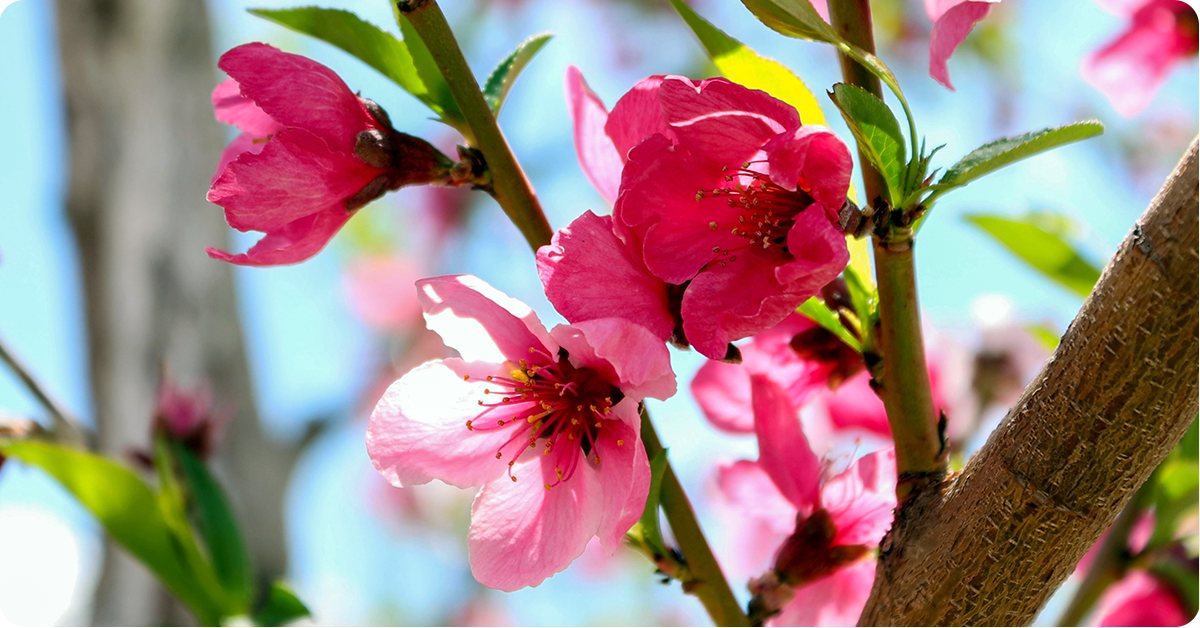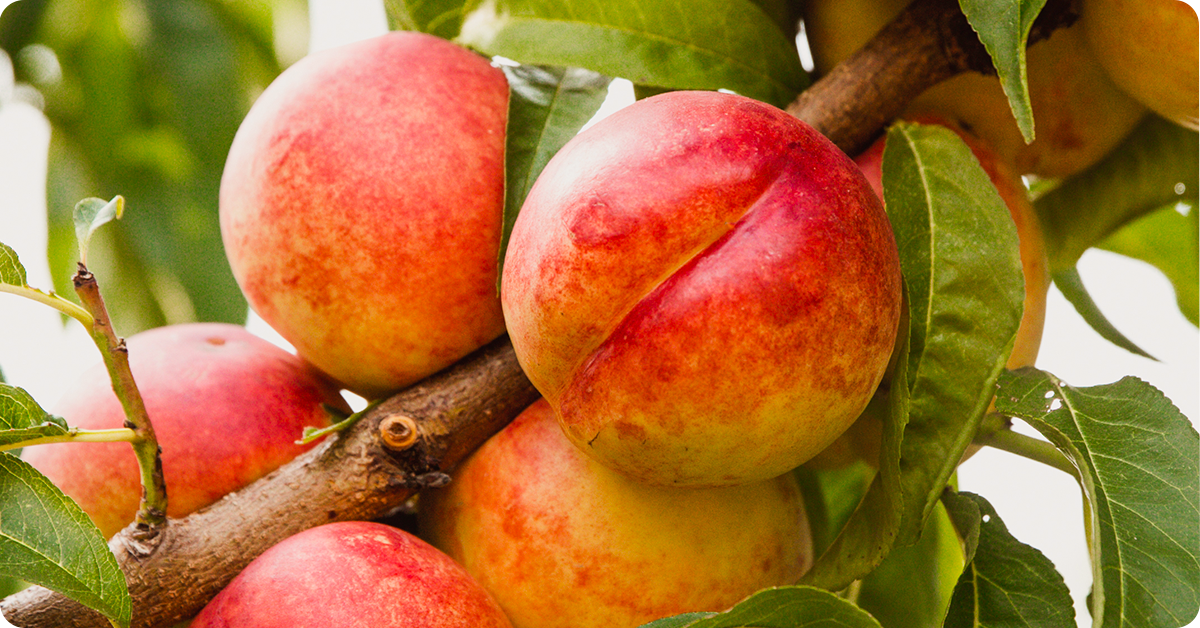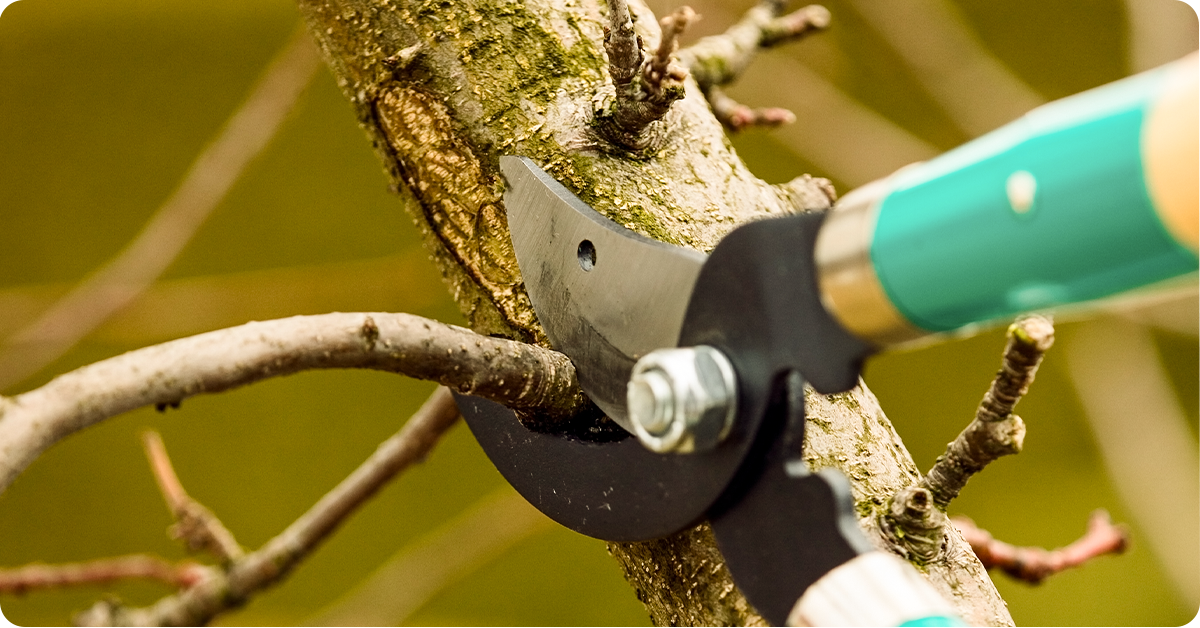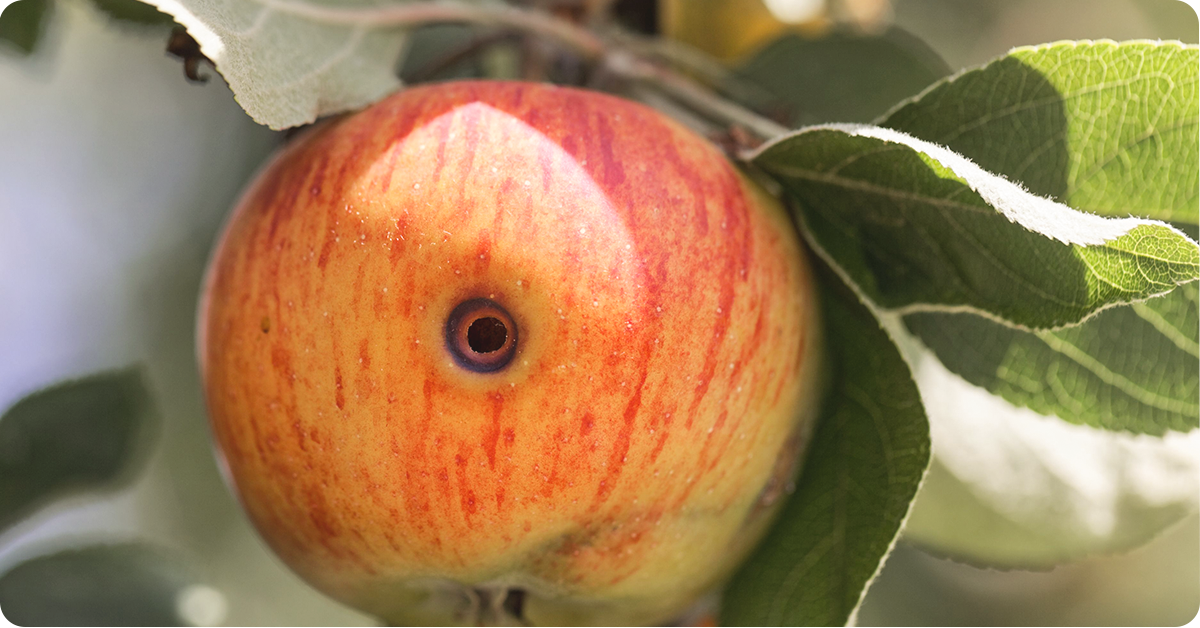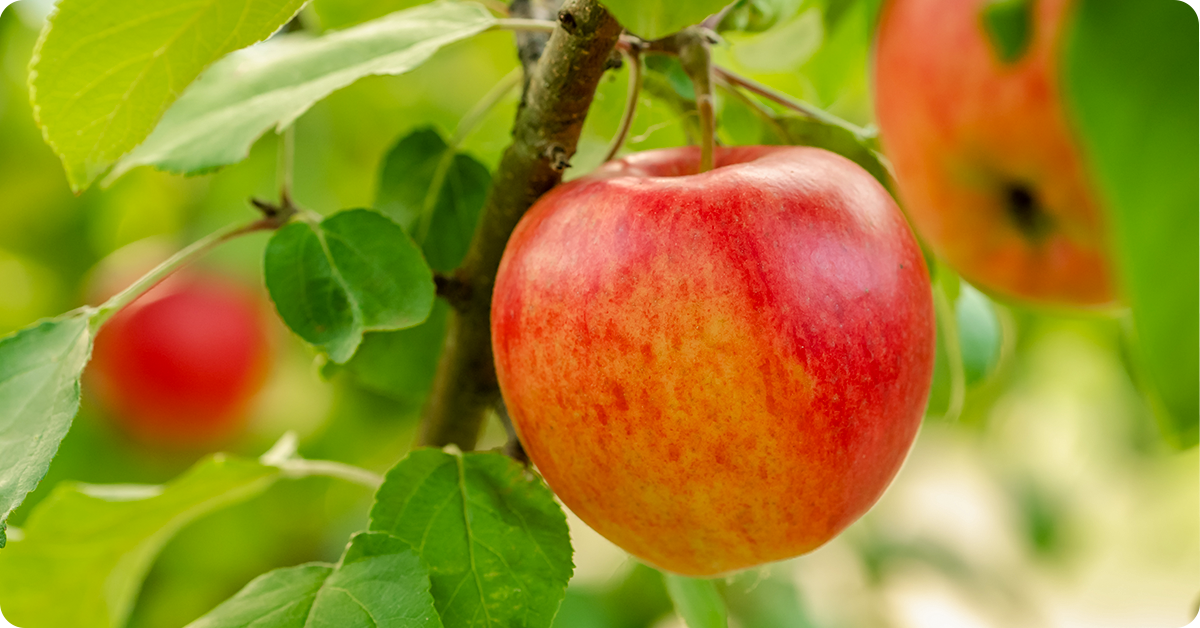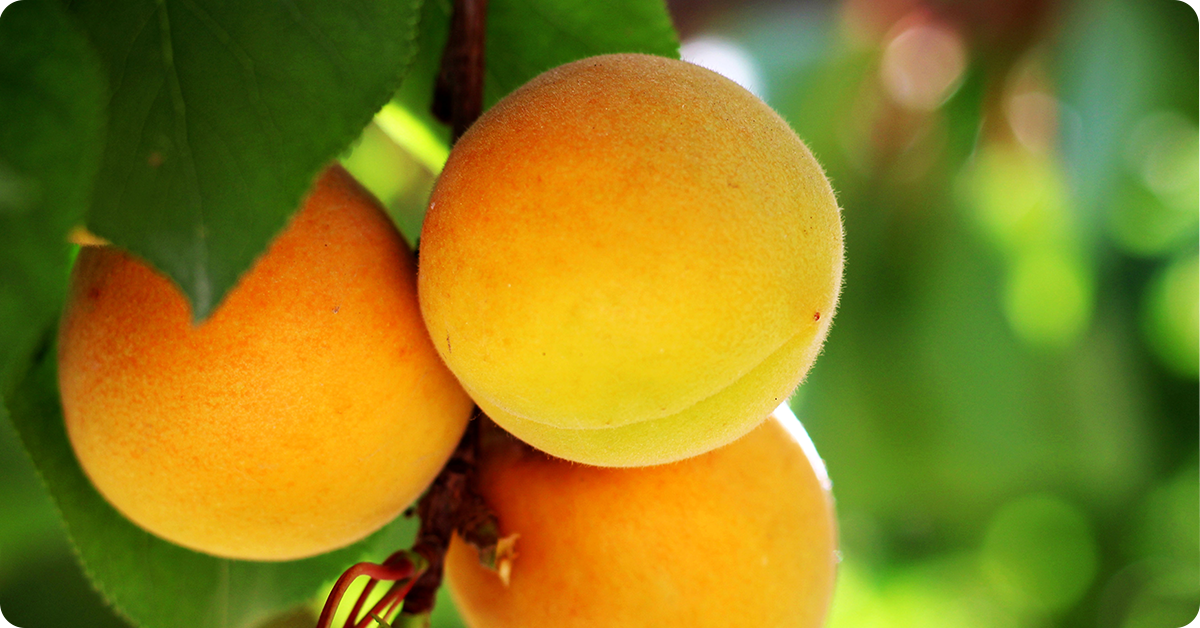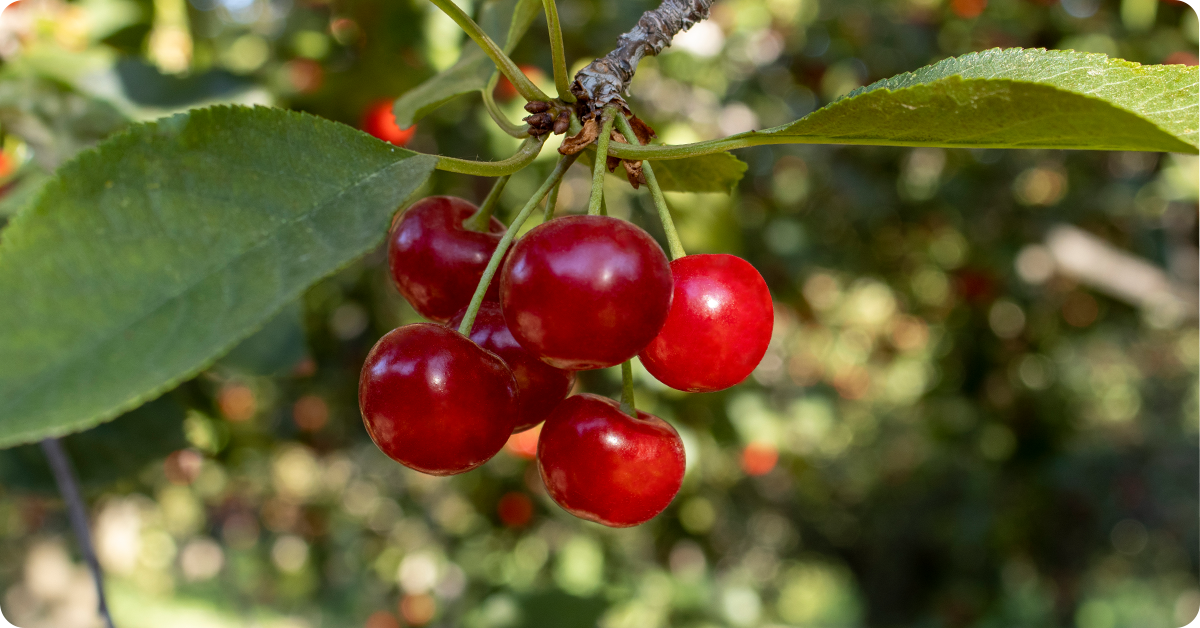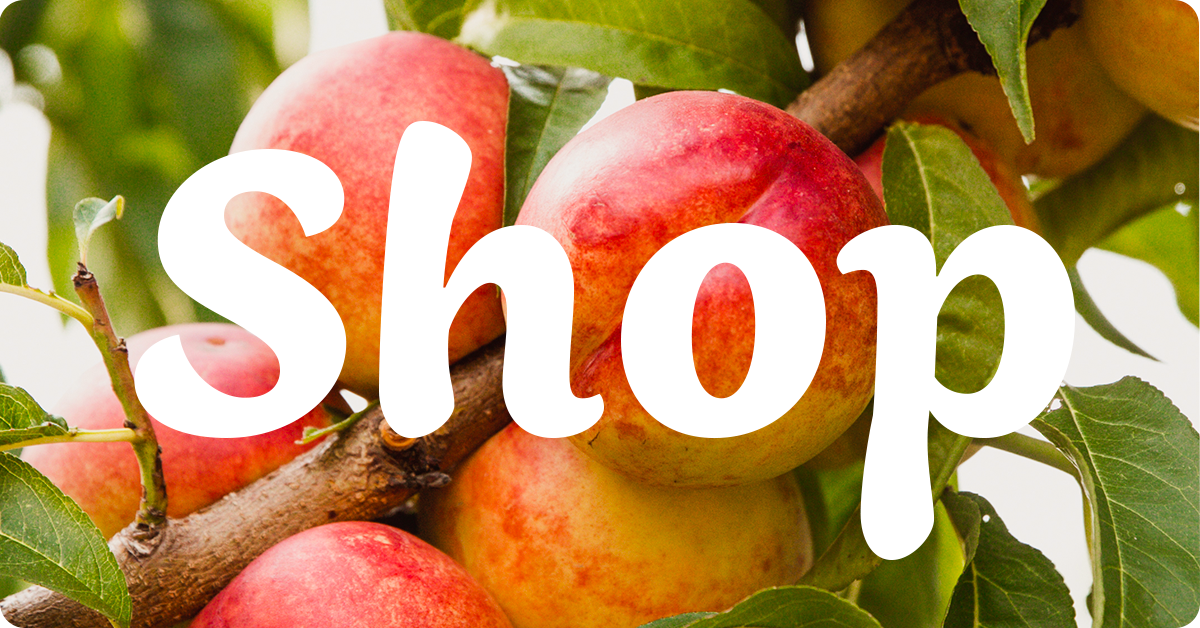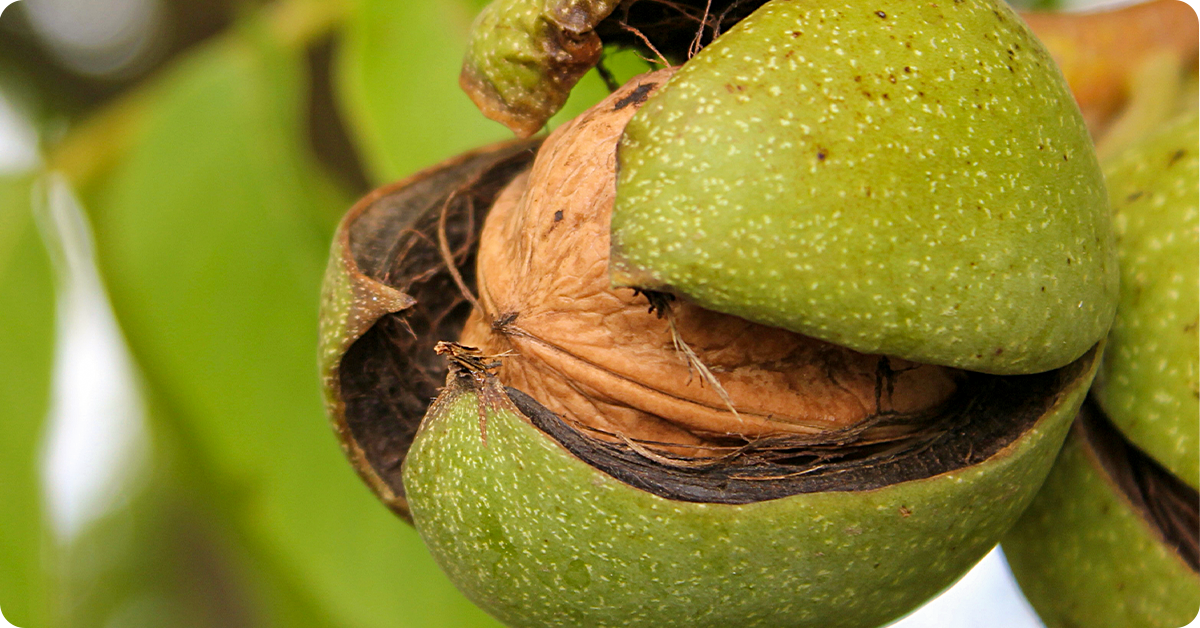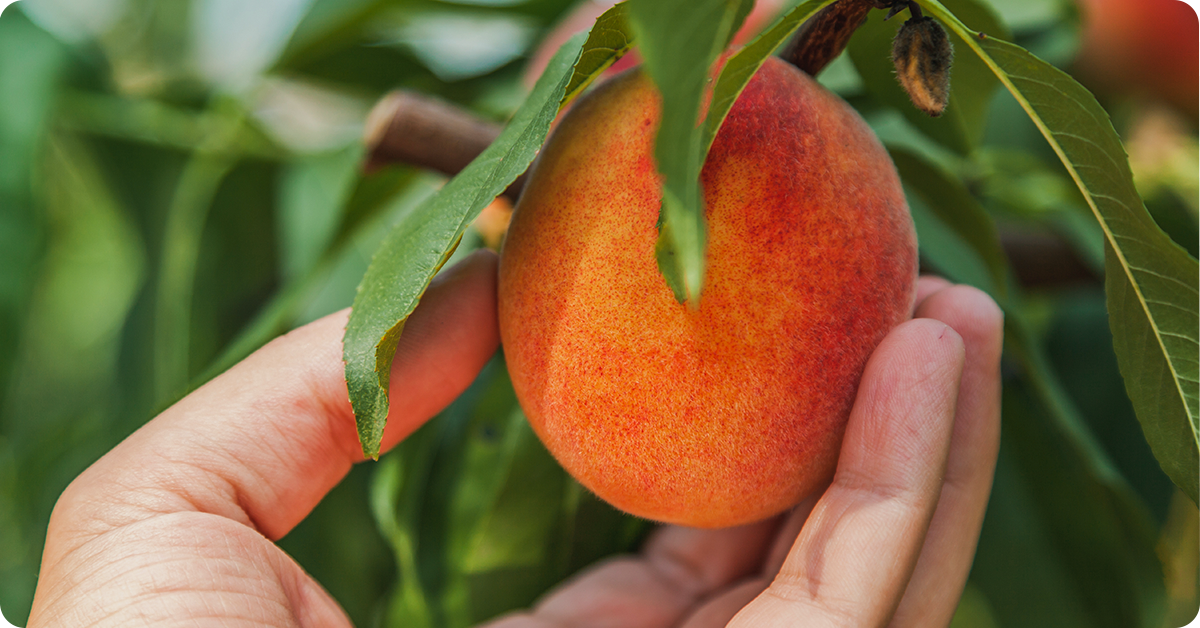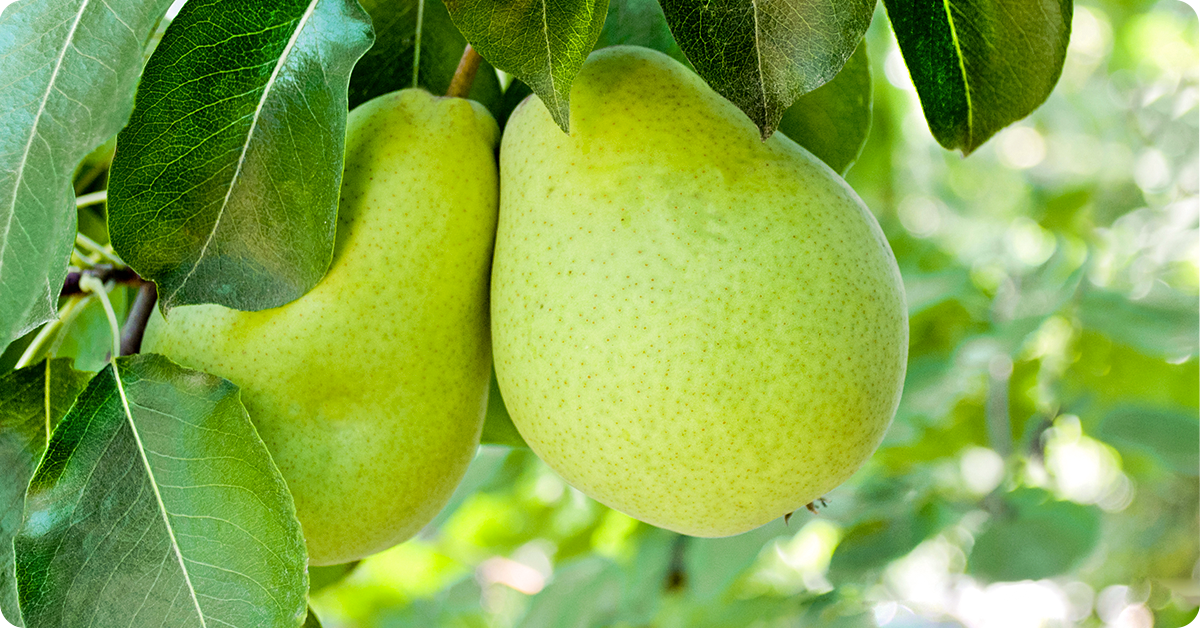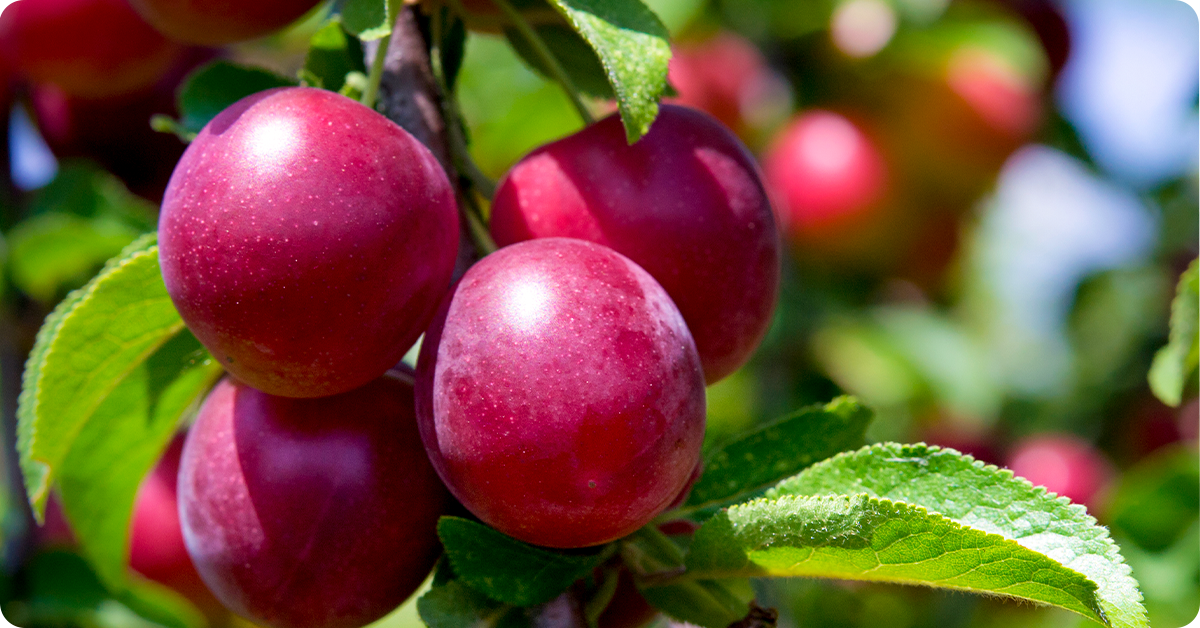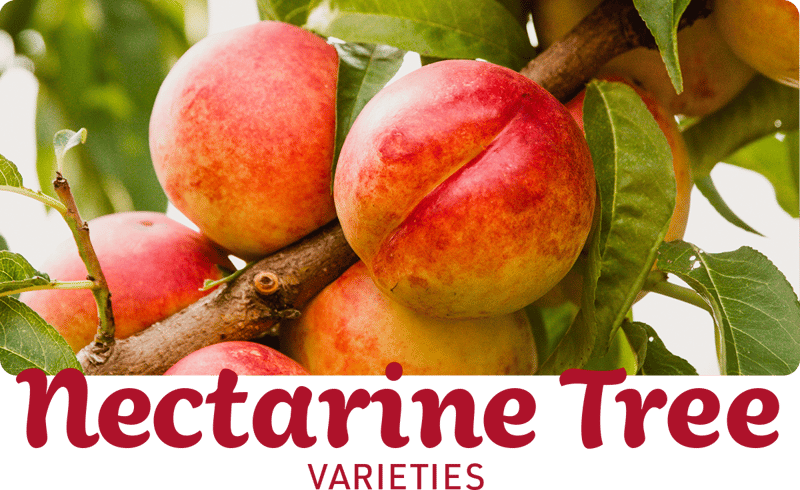
Discover the wonders of growing nectarines in the Intermountain West. Whether your nectarines come from a local producer or you grow them in your own backyard, there are so many delicious ways to enjoy these fresh, juicy fruits. IFA nectarine tree varieties are specially selected for their superb flavor and performance in our intermountain climates, making them ideal for backyard growers and fruit producers. Start growing to enjoy decadent nectarine-flavored desserts, homemade jams or a tasty snack.
Arctic Jay White Nectarine Trees are a good addition to any home garden or orchard with their uniquely sweet and aromatic fruit. Unlike traditional nectarines, the Arctic Jay variety boasts a creamy, white flesh that is both juicier and sweeter. The trees are not only admired for their delicious fruit but also for their striking spring blossoms, which add a splash of beauty to any landscape. Cultivating Arctic Jay White Nectarines allows you to enjoy freshly picked, sun-ripened fruit right from your backyard with freshness and flavor that store-bought fruit simply can't match.
Arctic Jay Nectarines store well for two to three weeks in the refrigerator. Arctic Jay Nectarine Trees are self-fertile but planting near another nectarine tree promotes cross-pollination and better fruit-set.
Characteristics:
Tree Height*: 8 feet
Tree Width*: 12 feet
Rootstock: Semi-dwarf
USDA Zone: 5
Fruit Taste: Richly flavored–balanced acidity & sugar
Fruit Size: Medium
Stone Type: Freestone
Fruit Flesh: White with red highlights & firm
Harvest: Ripens in early to late August
Pollinators: Self-fertile
*Tree height and width is based on proper pruning. See growing tips>>
Fantasia Nectarine trees are known for their large, freestone fruits with vibrant yellow flesh and exceptional sweetness. Enjoy the fruits by eating fresh, canning, baking, dehydrating or freeze-drying. These trees not only provide a bountiful yield of delicious nectarines but also add a stunning aesthetic appeal to any space with their beautiful spring blossoms and lush green foliage. Fantasia Nectarines are relatively easy to care for, making them an excellent choice for both experienced and novice gardeners alike.
Fantasia Nectarines store well for two to three weeks in the refrigerator. Fantasia Nectarine Trees are self-fertile but planting near another nectarine tree promotes cross-pollination and better fruit-set.
Characteristics:
Tree Height*: 8 feet
Tree Width*: 12 feet
Rootstock: Semi-dwarf
USDA Zone: 5
Fruit Taste: Sweet & tangy flavor
Fruit Size: Large
Stone Type: Freestone
Fruit Flesh: Yellow
Harvest: Ripens in August
Pollinators: Self-fertile
*Tree height and width is based on proper pruning. See growing tips>>
Flavortop Nectarine Trees produce incredibly juicy and flavorful fruits while adding a stunning visual appeal to any garden with their beautiful blossoms in spring. The Flavortop variety is known for its exceptional taste and large, freestone fruits, making it a favorite for eating fresh, baking and preserves. Flavortop Nectarine Trees are relatively easy to care for, requiring minimal maintenance once properly established. They are also more resistant to diseases that commonly affect stone fruit trees, ensuring a bountiful harvest year after year.
Flavortop Nectarines store well for two to three weeks in the refrigerator. Flavortop Nectarine Trees are self-fertile but planting near another nectarine tree promotes cross-pollination and better fruit-set.
Characteristics:
Tree Height*: 8 feet
Tree Width*: 12 feet
Rootstock: Semi-dwarf
USDA Zone: 5
Fruit Taste: Sweet & juicy flavor
Fruit Size: Medium
Stone Type: Freestone
Fruit Flesh: Yellow
Harvest: Ripens in August
Pollinators: Self-fertile
*Tree height and width is based on proper pruning. See growing tips>>
Growing a Harko Nectarine Tree in your backyard brings a slice of summer sweetness right to your doorstep. Known for their cold hardiness and ability to thrive in zones four through eight, these nectarine trees are a versatile choice for many gardeners across the region. The Harko Nectarine stands out with its vibrant, crimson-blushed fruits promising a juicy, succulent bite every time. Beyond their delicious fruits, these trees add aesthetic beauty to any space with their stunning spring blossoms.
Harko Nectarine Trees store well for two to three weeks in the refrigerator. Harko Nectarine Trees are self-fertile but planting near another nectarine tree promotes cross-pollination and better fruit-set.
Characteristics:
Tree Height*: 8 feet
Tree Width*: 12 feet
Rootstock: Semi-dwarf
USDA Zone: 5
Fruit Taste: Sweet & juicy flavor
Fruit Size: Medium
Stone Type: Freestone
Fruit Flesh: Yellow
Harvest: Ripens in August
Pollinators: Self-fertile
*Tree height and width is based on proper pruning. See growing tips>>
Panamint Nectarine Trees are not only a source of deliciously sweet fruits but also an aesthetic addition to any garden. These trees are renowned for their ability to thrive in a variety of climates. The Panamint Nectarine is particularly celebrated for its striking pink blossoms in spring, which transform into lush, juicy nectarines by mid-summer. Growing Panamint Nectarines can significantly enhance your garden's landscape, offering a canopy of green foliage that turns into a spectacular display of colors in the fall.
Panamint Nectarines store well for two to three weeks in the refrigerator. Panamint Nectarine Trees are self-fertile but planting near another nectarine tree promotes cross-pollination and better fruit-set.
Characteristics:
Tree Height*: 8 feet
Tree Width*: 12 feet
Rootstock: Semi-dwarf
USDA Zone: 6
Fruit Taste: Sweet & tart flavor
Fruit Size: Large
Stone Type: Freestone
Fruit Flesh: Bright yellow
Harvest: Ripens in August
Pollinators: Self-fertile
*Tree height and width is based on proper pruning. See growing tips>>
The Spice Zee NectaPlum Tree is a stunning hybrid that combines the juicy sweetness of nectarines with the tangy flavor of plums, resulting in a fruit that is utterly unique and irresistibly delicious. What sets the Spice Zee NectaPlum apart is not just its impressive aesthetic appeal and mouth-watering fruit but also its hardiness and ease of care. This tree is adaptable to a wide range of climates, resistant to many common diseases and requires less maintenance than many other fruit trees, making it an excellent choice for both novice and experienced gardeners alike.
Spice Zee NectaPlums keep for only three weeks but this fruit variety is NOT available in grocery stores. These trees are self-fertile so start growing your own to enjoy this unique flavor combination.
Characteristics:
Tree Height*: 12 feet
Tree Width*: 8 feet
Rootstock: Semi-dwarf
USDA Zone: 6
Fruit Taste: Juicy, sweet nectarine-plum flavor
Fruit Size: Medium
Stone Type: Freestone
Fruit Flesh: White
Harvest: Ripens in September
Pollinators: Self-fertile
*Tree height and width is based on proper pruning. See growing tips>>
Nectarine Tree Pollination
Nectarine trees are pre-dominantly self-pollinating, meaning they are capable of producing fruit on their own. The flowers of self-pollinating nectarine trees can pollinate each other, but planting two or more compatible nectarine trees nearby will improve cross-pollination and fruit-set for a more bountiful harvest. Selecting the right varieties to plant together is important for cross-pollination to occur, as not all nectarines are compatible with each other. When deciding which varieties to plant together, consider the bloom period for each tree and make sure there is a window when these times over lap.
Improve Nectarine Harvests with Multiple Trees
Planting multiple nectarine trees does not always guarantee cross-pollination. You must also ensure that nectarine trees are planted within a certain proximity that allows for effective pollination. Cultivating a garden that attracts pollinators, such as bees, also significantly enhances the pollination process. Understanding these key aspects of nectarine tree pollination can lead to a successful and bountiful harvest, providing delicious fruit for eating fresh, baking or preserving.
Get growing by reading about Backyard Fruit Tree 101, IFA's Growing Guide for Nectarines, fruit tree pruning tips and insect control for fruit trees. Discover more fruit growing tips by visiting IFA's Helping to Grow Blog.
Backyard Fruit Trees 101 for Growers
Grow your own apples, cherries, peaches and nectarines right in your backyard. Learn how to pick and care for backyard fruit trees Continue >>>
IFA’s Growing Guide for Nectarines
Grow better, more productive Stone Fruits: Peaches, Cherries, Apricots, Plums and Nectarines Continue >>>
Pruning Different Types of Fruit Trees
Annual pruning improves the overall health and growth of your fruit tree. These simple tips help add years of great fruit production. Continue >>>
Control Common Fruit-Tree Pests
Effectively manage fruit-tree pests with the right tools and knowledge. Discover five common fruit-tree pests and how to control them. Continue >>>
Looking to grow the perfect fruit for you and your family? Discover IFA fruit and nut tree picks perfect for the intermountain west.
*Availability varies by season and location.














